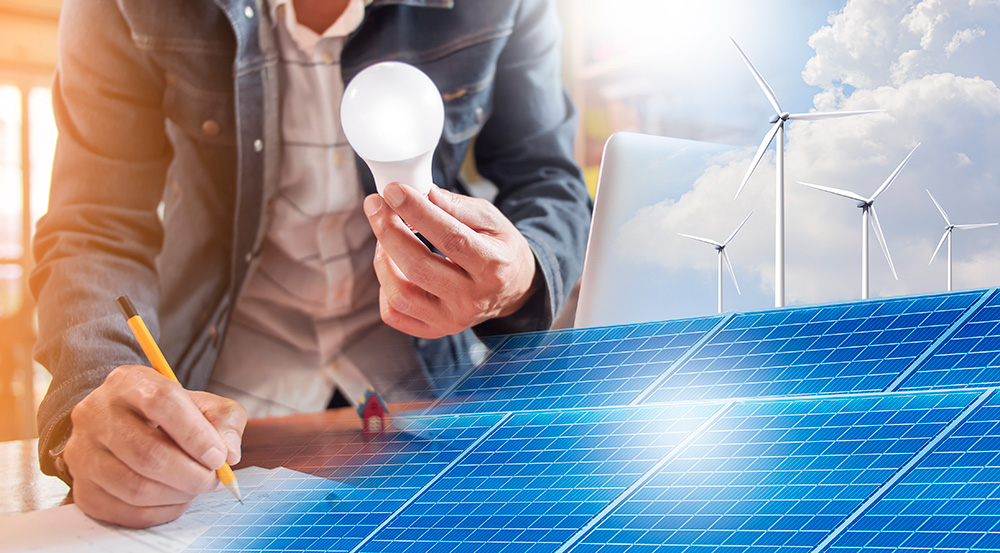
The commercial landscape is constantly evolving, and so are the technologies that power it. Staying abreast of current trends in electrical systems is essential for businesses seeking to enhance efficiency, sustainability, and overall functionality. This article explores the latest trends in commercial electrical upgrades, offering insights into how companies can navigate this dynamic landscape for a more streamlined and advanced infrastructure.
- Smart Building Integration: As businesses embrace the concept of smart buildings, commercial electrical upgrades are increasingly focused on integrating intelligent systems. This includes implementing smart lighting, automated climate control, and IoT (Internet of Things) devices. These upgrades enhance energy efficiency and contribute to a more responsive and user-friendly workspace.
- Energy Efficiency Initiatives: Sustainability is at the forefront of current trends in commercial electrical upgrades. Businesses are investing in energy-efficient technologies, such as LED lighting, smart sensors, and power management systems. Upgrading to energy-efficient solutions reduces operational costs and aligns with corporate environmental responsibility goals.
- Renewable Energy Integration: The integration of renewable energy sources is gaining momentum in commercial electrical upgrades. Businesses are incorporating solar panels, wind turbines, and other renewable energy technologies to supplement their power needs. This reduces reliance on traditional grid power and positions businesses as contributors to the global shift toward cleaner energy sources.
- Battery Energy Storage Systems: Commercial establishments are adopting battery energy storage systems to address the challenges of intermittent renewable energy generation. These systems store excess energy generated during peak times and release it during high-demand or low-renewable energy production periods. Battery storage enhances grid stability and offers a more reliable and resilient power supply.
- Advanced Electrical Distribution Systems: Upgrading electrical distribution systems is a key trend, focusing on improving reliability and flexibility. Businesses are exploring smart switchgear, digital substations, and microgrids to enhance control and monitoring capabilities. These upgrades contribute to more efficient energy distribution, reducing the risk of downtime and improving overall system performance.
- Electric Vehicle (EV) Charging Infrastructure: The rise of electric vehicles is prompting businesses to invest in EV charging infrastructure. Commercial properties are integrating charging stations into their parking facilities, catering to employees and customers with electric vehicles. This forward-thinking approach aligns with the growing demand for sustainable transportation options.
- Power Quality and Resilience: As businesses rely heavily on electronic equipment and sensitive technologies, ensuring power quality and resilience is a top priority. Commercial electrical upgrades include investments in surge protection, power conditioning systems, and backup power solutions to safeguard critical operations from power disturbances and outages.
- Digital Controls and Automation: Commercial electrical upgrades leverage digital controls and automation to enhance system efficiency and responsiveness. Businesses are implementing intelligent building management systems that allow for remote monitoring, control, and optimization of electrical systems. Automation streamlines operations reduces energy waste and improves overall system performance.
Navigating the latest trends in commercial electrical upgrades requires a strategic and forward-thinking approach. Businesses that embrace smart building integration, prioritize energy efficiency, incorporate renewable energy sources, and invest in advanced technologies are better positioned for success in an increasingly dynamic and competitive market. By staying informed and adopting innovative electrical solutions, businesses can create a more resilient, sustainable, and technologically advanced infrastructure to meet future challenges.